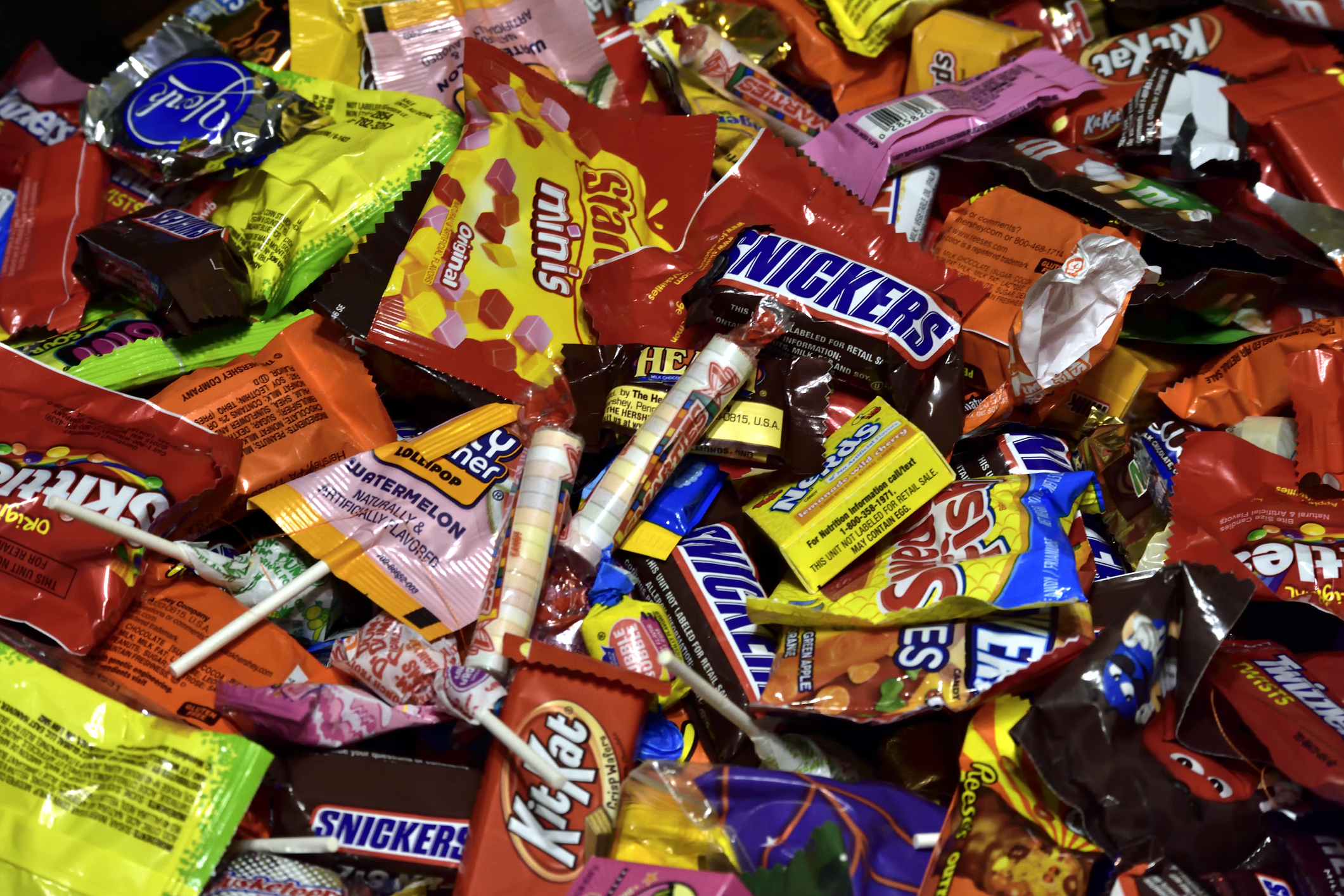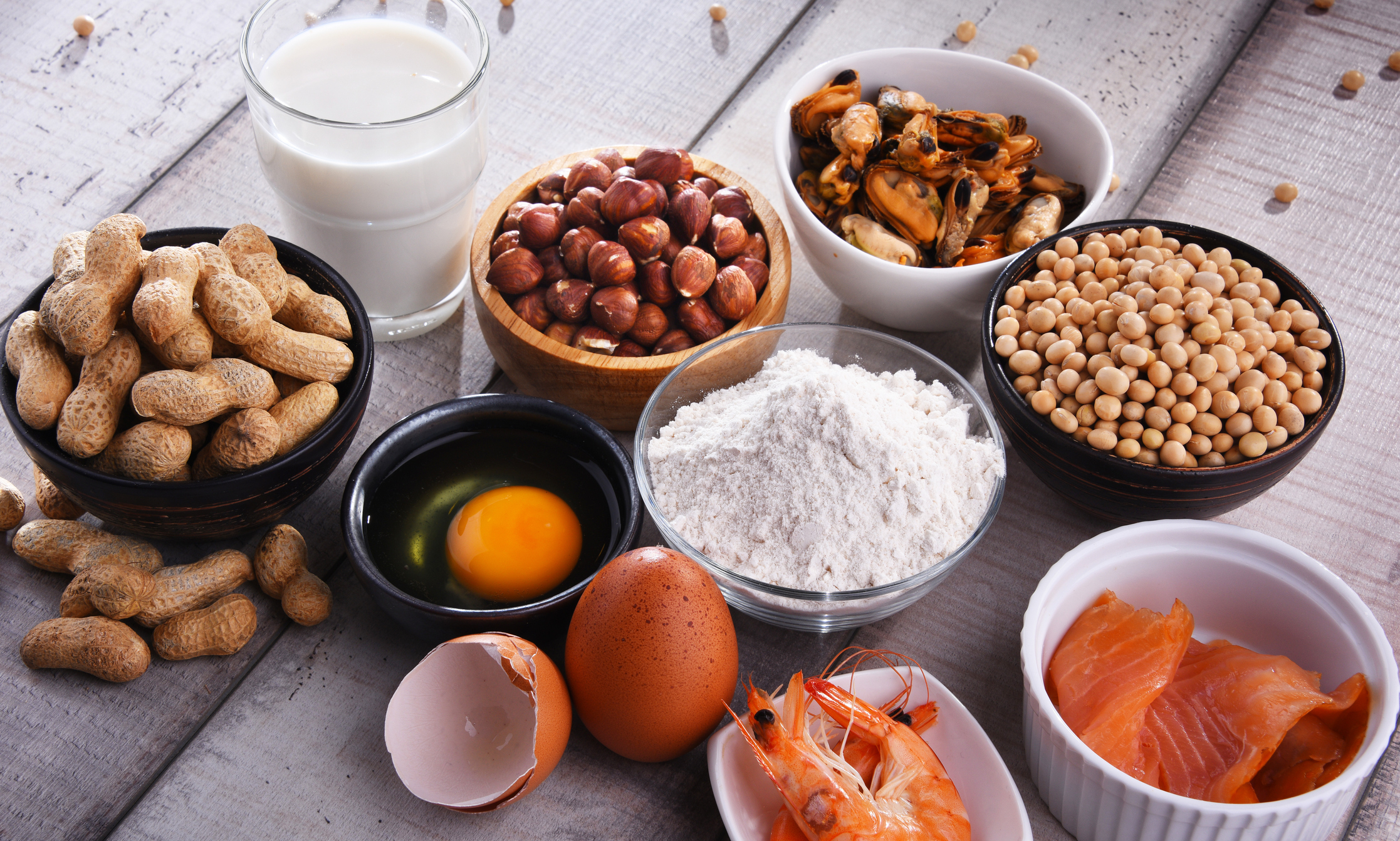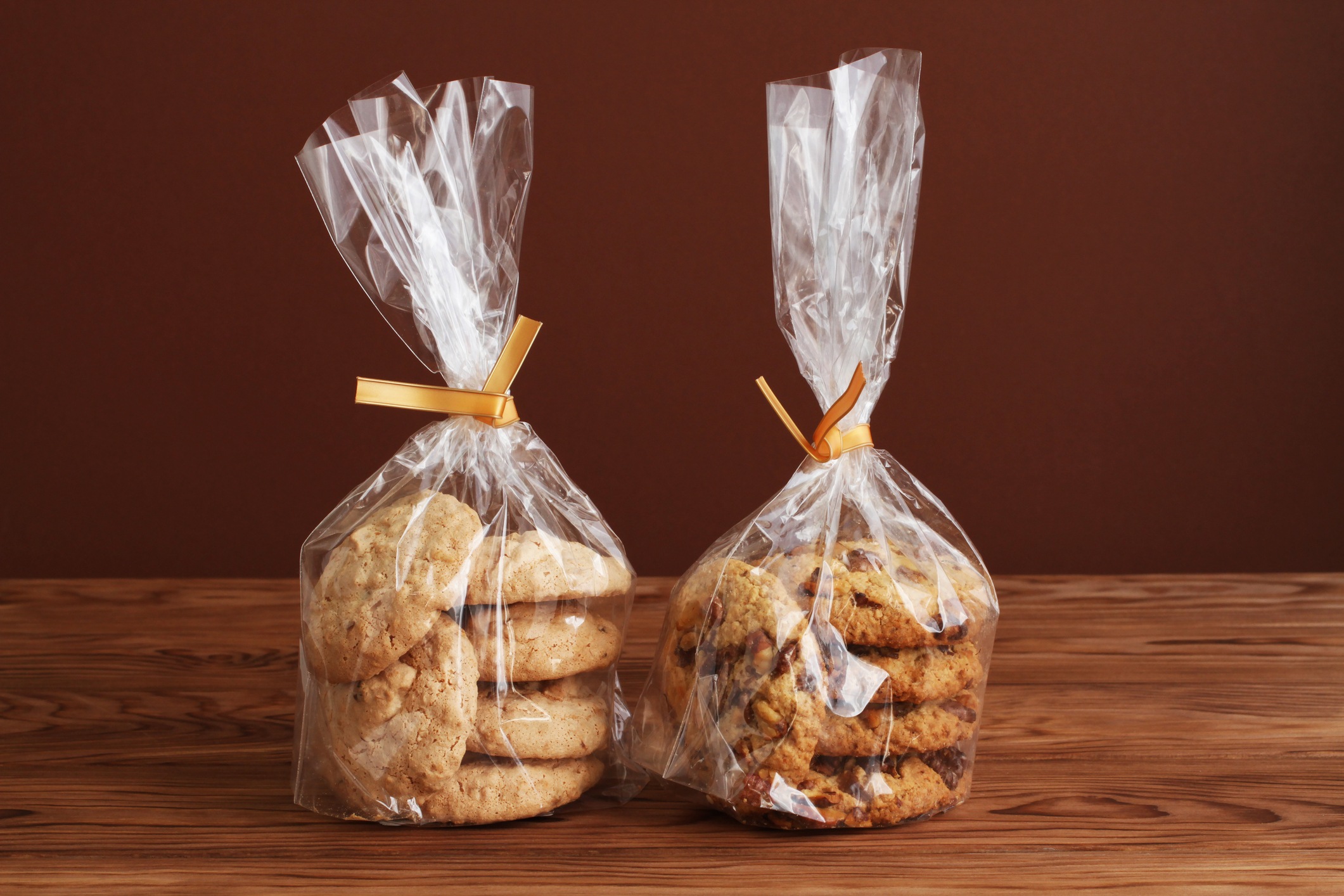Halloween weekend is on the horizon! Children everywhere are gearing up for a night of costumed candy-collecting and parents are preparing for the aftermath, where they’ll need to roll up their sleeves and check each and every piece of candy for poison, razor blades, and drugs. But parents, let’s have a reality check: There’s probably nothing in that candy bag. Sure, it’s not a bad idea to check the candy, but you don’t need to worry about strangers purposely spiking treats with dangerous substances or items. There has only been one reported case of actual candy poisoning, and while it’s definitely a sad and scary story, the poisoner was the child’s own parent, not a random candy-giver.
So what tips should parents follow when it comes to checking their children’s candy?
Tip 1: Check for Open Candy Packaging
Especially due to the continuing spread of the coronavirus, it’s more important than ever that your children only eat safely packaged foods. This includes candy, some of which comes right out of the container with loose or ripped wrappers. It’s no one’s fault, just something that occurs during transit.

The best way to handle this is to go through the candy pile with your children. Show them what candy or treats are safely wrapped and which ones count as not safe to eat. Explain to them that open candy can collect bacteria, dirt, and other gross stuff that no one should want to eat. This will help offset any disappointment that some of their candy will go into the trash. Don’t feel bad about throwing it out - open candy packaging can let dangerous germs and debris attach to the candy, and you don’t want your children ingesting any of that.
Tip 2: Make Sure to Remove Any Treats with Potential Allergens
Food allergies are no joke. In fact, about 90% of food allergies can be triggered by extremely common ingredients, including wheat, soy, tree nuts, peanuts, milk, eggs, fish, and shellfish.

While you’re unlikely to find those last four allergens in typical Halloween treats, most candies, cakes, and other goodies can easily include the first four. If your child is allergic to any of those foods, it’s best that you remove them as soon as they hit the candy bag.
This is also a great opportunity to show your children which candies may include the ingredients they are allergic to and how to check food labels for potential allergens. Even if your own children are not allergic to any foods, if they have friends who are, they could very easily save the life of another child.
Tip 3: Discard Any Homemade Treats If You Don’t Know the Person Handing Them Out
It’s only natural to assume that the sweet old woman at the door probably didn’t tamper with the homemade cookies she’s giving out in adorable ghost-patterned plastic baggies. However, this is a great example of a terrible road being paved with good intentions.

Your children may be allergic to ingredients in these homemade treats. Many cookie recipes call for eggs, and homemade candies may include peanuts or tree nuts.
In addition, you have no idea what the condition of that sweet old lady’s kitchen is. Does she taste the cookie dough with the same spoon she uses to portion it out? Is her kitchen clean enough for her to be cooking in? These are questions that are uncomfortable to ask, not to mention seen as rude in many cases.
Avoid the trouble - just toss any homemade treats if you aren’t familiar with the person providing them.